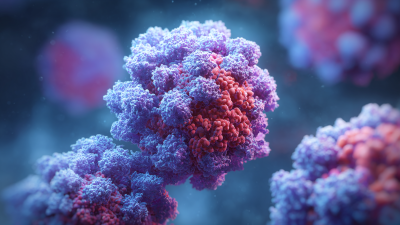Leave Your Message

 By:Liam - November 27, 2025
By:Liam - November 27, 2025

 By:Liam - November 26, 2025
By:Liam - November 26, 2025

 By:Isabelle - November 24, 2025
By:Isabelle - November 24, 2025

 By:Liam - November 22, 2025
By:Liam - November 22, 2025

 By:Liam - November 20, 2025
By:Liam - November 20, 2025

 By:Liam - November 19, 2025
By:Liam - November 19, 2025

 By:Liam - November 12, 2025
By:Liam - November 12, 2025

 By:Isabelle - November 10, 2025
By:Isabelle - November 10, 2025

 By:Isabelle - November 7, 2025
By:Isabelle - November 7, 2025

 By:Elena - November 4, 2025
By:Elena - November 4, 2025

 By:Isabelle - October 27, 2025
By:Isabelle - October 27, 2025

 By:Elena - October 24, 2025
By:Elena - October 24, 2025

 By:Liam - October 22, 2025
By:Liam - October 22, 2025

 By:Isabelle - October 20, 2025
By:Isabelle - October 20, 2025

 By:Liam - October 19, 2025
By:Liam - October 19, 2025